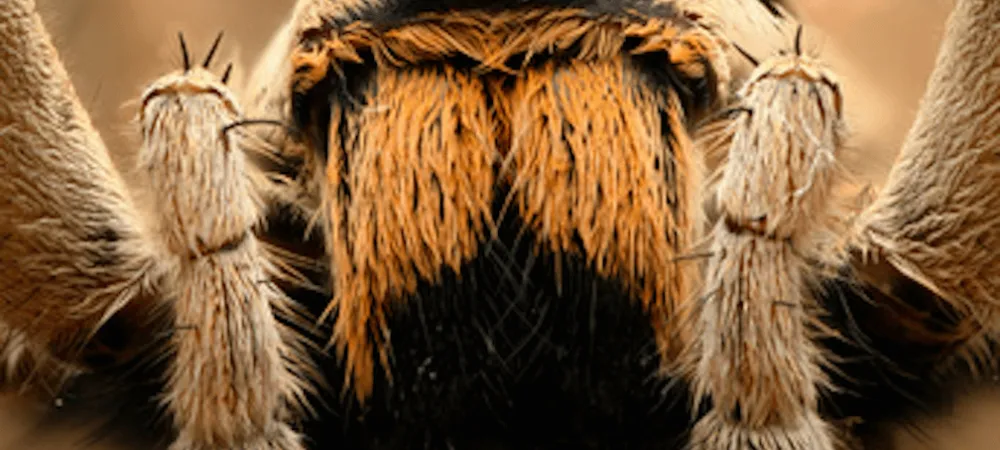What You Need to Know About Wolf Spiders

We are all aware of that feeling one gets after seeing a creepy, eight-legged creature in a corner of your house. It is rare to come across a household that hasn’t encountered a spider in their home. It is unfortunate that some of these spiders are not just a cringe blob on the ceiling. Some of them can actually be dangerous. One of the harmful spiders is the wolf spider. It incites fear and causes loathing to many. Just as its name suggests, this spider stalks and hunts for prey just like the wolves. However, that is not all about wolf spiders. There is more to it. So, let’s learn more about this spider species that is feared by so many people and why they do!
The Facts About Wolf Spiders
There are more than 3,000 species of wolf spiders recorded. The North American wolf spiders range from a size of 0.25 -1.5 inches. Most of them are brown in color and others are in black.
Appearance
- They have 8 eyes and are arranged in three rows, one of its unique features
- 8 long and hairy legs
- Has Light stripes
- 2 sharp horizontal fangs
Is a Wolf Spider a Threat?
Wolf Spiders are generally not considered a significant threat to humans. While they possess venom to immobilize their prey, their bites are rarely dangerous to humans and typically result in minor discomfort similar to a bee sting. Most wolf spider species are non-aggressive and will only bite if provoked or threatened.
When Does a Wolf Spider Bite?
Wolf Spiders only bite if provoked. After you see it, it will first want to retreat but if you attempt to trap it and it feels threatened, it is likely to strike back for its defense.
What Are the Wolf Spider Prevention Tips
When it comes to keeping your home and surroundings safe from unwanted spider encounters, understanding effective prevention strategies is key.
Tip # 1. Lawn Cutter
You can dissuade wolf spiders by making changes in the environment of your yard. A lawn-cutter is an attractant for not only the wolf spiders but all spiders. The wolf spiders use items in the yard as hiding places. Therefore, their predators can’t find them. The wolf spiders are aware that the bugs which they eat make use of the hiding places too. In case you have any items such as old tires, wood piles, toys, stored goods in your yard, move them approximately 20 feet away from the exterior walls.
Tip #2. Moisture
Majority of bug wolf spiders eat moisture pests. They are likely to be found on places where the water soaks in the ground for a long time. At times, these areas can be shaded. The shades keep the sun away to prevent things from drying out. Wolf spiders hunt in these places and enjoy having a drink from the puddles they get. Therefore, when you prevent moisture and humidity you keep away wolf spiders and moisture pests.
Tip #3. Seal Thing Up
You should look at your exterior walls and foundations to check if there are any entry points. Check the pipes, windows and doors. If there are any damages you can’t fix, make use of a caulking gun to stop the bugs from entering. The moment bugs come close to your home, they get a way to come in.
In addition, do not take chances in your home. It is recommended that if you find a wolf spider in your home, you ask for professional help from the best control company that provides spider control services. They respond fast and inspect your house. They will be able to identify if the spider is just a random one or an infestation, which could be dangerous to the people and pests in the house. The team will also advise on what precautionary measures you should take.
